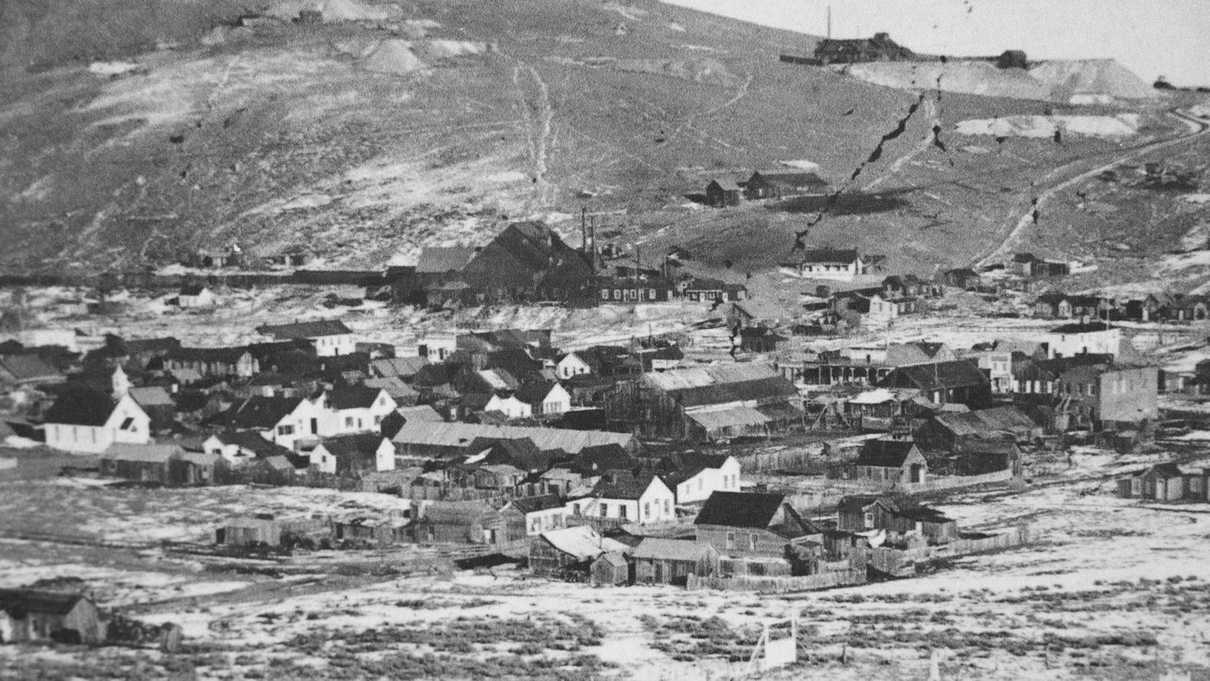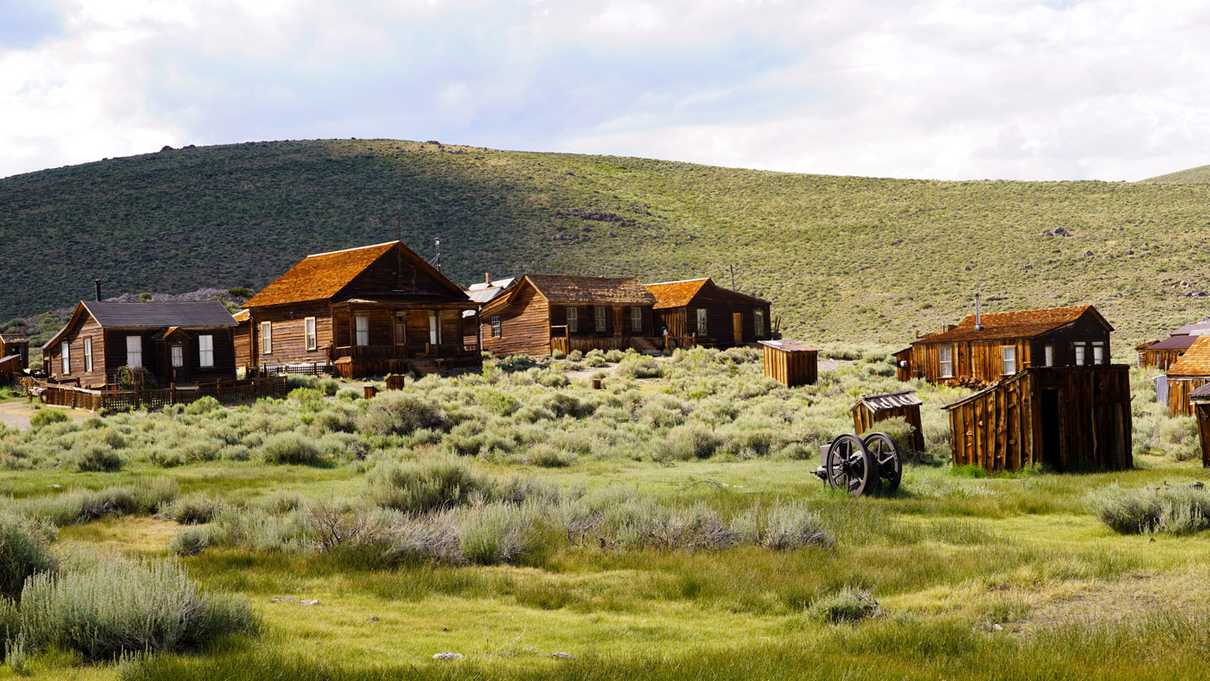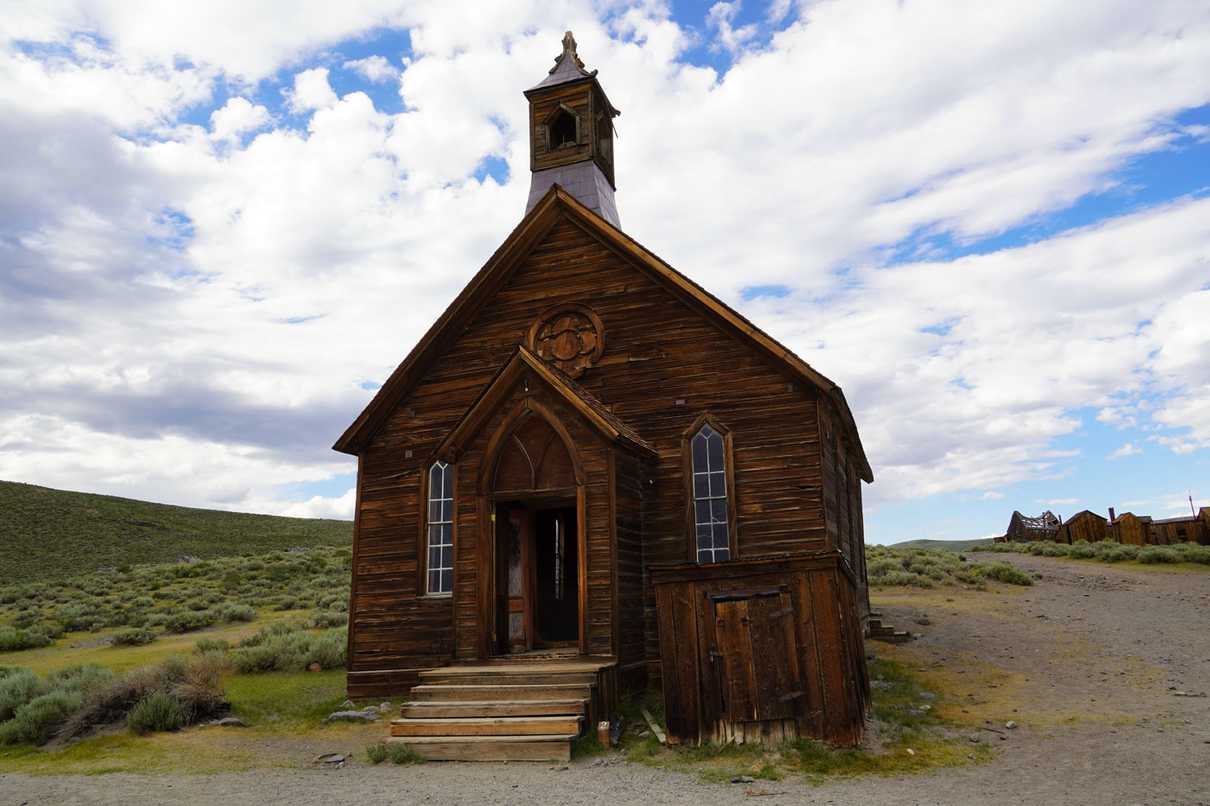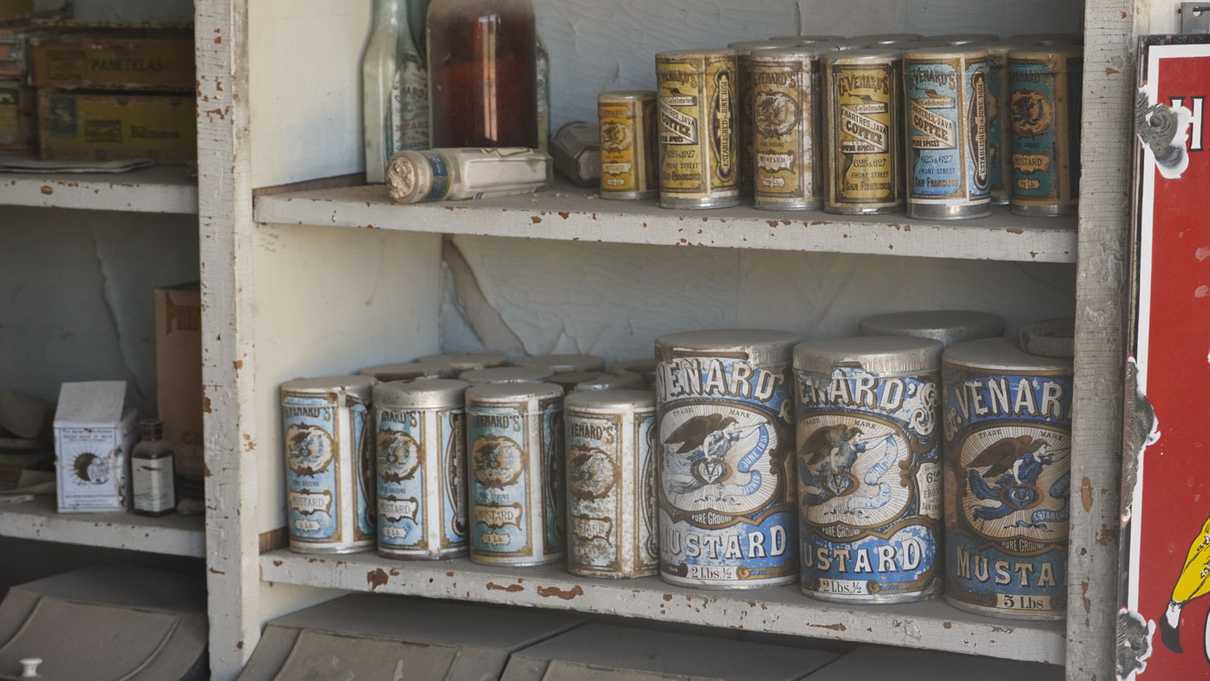Stepping Back in Time at Bodie State Historic Park
History of Bodie Ghost Town
The ghost town of Bodie came into existence around 1859 as a result of the California Gold Rush. Four prospectors came to the area and discovered the valley shortly before a severe winter storm took the life of one, W.S. Bodey. It is because of him the town earned its namesake.
The mines produced several eras of gold production. The last prosperous era occurred around 1877 when an estimated 784 thousand dollars of gold and silver was pulled from a vein discovered after a collapse. Both investors and settlers flocked to the region to get in on the riches.
By 1878, the population soared to about 10,000 people, leading to what towns in the Old West are often known for - violence. The violence was so prolific that the term “Bad Men From Bodie” became a known term in the west.
During its lifespan, the town had electricity which was introduced in 1892. Buildings included 65 saloons, a jail, schoolhouse, red-light district, hotels, several churches of different denominations, and a railroad amongst others.
Unfortunately for the town, the lode of gold didn’t hold out and people left searching for the next profitable town. The Standard Company pulled out investments in 1914 and by the time of World War II, the town’s population reached zero.
Visiting Bodie State Historical Park
A town of nearly 10,000 required many buildings to house residents, offer goods and provide entertainment. Of those buildings erected at the height of the town’s existence, only a fraction remain - roughly 10% or about 110 buildings. With that said, this is still an astonishing amount compared to other towns from the same time period.
Even more astonishing is the condition of the buildings. The remainder of the structures is left in what is called “arrested decay”, a term created by the State of California. What the means is that buildings are only preserved to slow the process of decay rather than reconstructing them. If one peeks inside windows they will see artifacts and items left precisely where they were when the occupant left.



